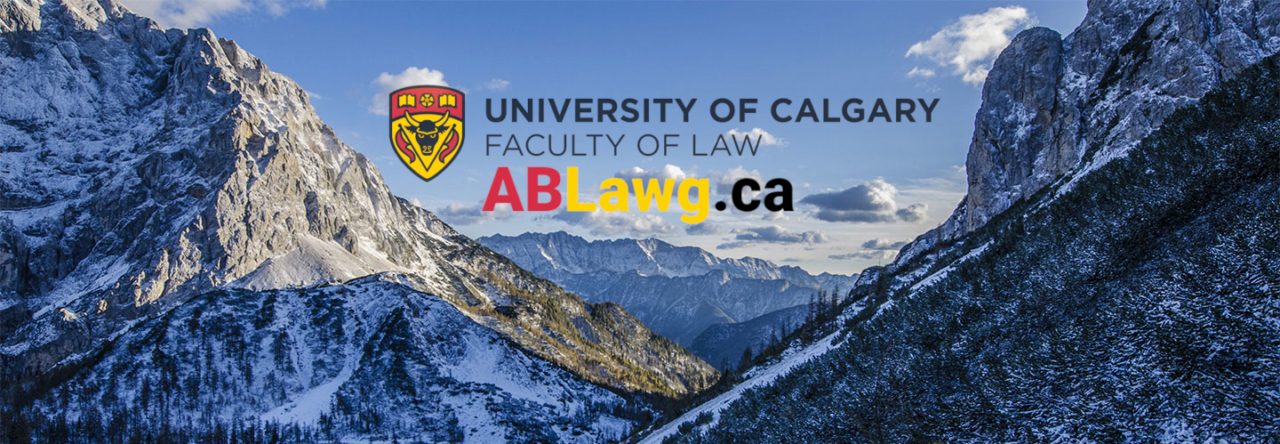By: Shaun Fluker
Legislation commented on: Water Act, RSA 2000, c W-3
PDF Version: Public Participation under the Water Act (Alberta): A Very Short Window of Opportunity
The Faculty’s Public Interest Law Clinic regularly gets inquiries from the public seeking guidance on how to participate in decision-making under the Water Act, RSA 2000, c W-3. As well, the Clinic maintains an active list of projects on the subject of public participation in environmental decision-making. Common matters of concern that we hear about include draining wetlands, as well as impacts to groundwater. As water scarcity in southern Alberta becomes an acute problem, I expect to see a growth in public concern with development projects that affect surface and ground water. This very short comment is simply a reminder that if someone wants to provide feedback or comments on an application made under the Water Act, for example an application made by a company that plans to drain a wetland so that the area can be developed, they normally have only 7 days from the date of the application to submit a ‘statement of concern’ to Alberta Environment and Protected Areas.

